Benchmark and create your transformation plan with the Corporate Learning Technology Capability Maturity Model
Get your hands on:
✓ A step by step overview of each level of the CLTCMM.
✓ A guide on when and how the model is used.
✓ Key insights that will help you accelerate the plan to reach higher CMM levels.
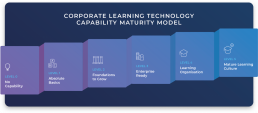
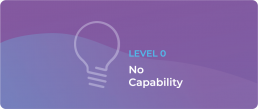
You are more traditional in your approach.
All training and learning is delivered via traditional teaching methods. This will typically mean a mix of classroom-based, instructor-led training, peer-led on-the-job training, or the sharing of job aids and instruction manuals. You may use some technology (such as PowerPoint or PDF) to support this, but there is no dedicated learning technology in place.

You are starting to deliver some training online.
This may mean some previously classroom-based training sessions are moved online, using tools such as Zoom or Microsoft Teams. You may also see some off-the-shelf eLearning courses made available. Most commonly this will be either for onboarding or compliance type training. Whilst these ‘new’ training delivery methods are a welcome addition to the traditional delivery mix, at this stage, it feels like there is no strategy or consistency in the way they are deployed. You also have no way to easily track usage or measure success
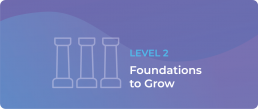
You have started to think about the benefits of digital learning.
You have recently made an investment in a Learning Platform. You still focus on traditional training delivery but are beginning to move more than compliance and onboarding training online. At this stage, you are likely only using 10-20% of the functionality that your system offers, like the ability to perform some reporting.
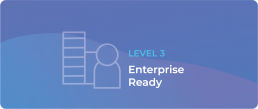
You have an established platform for learning but your users typically need a nudge to engage with it.
The organisation is comfortable with the electronic delivery of training, and your Learning Platform is widely understood to be the hub of how learning is accessed. The system is likely to be a way of recording training being undertaken both on and offline. There will be a level of mapping between job role and appropriate content, users will be served content accordingly. Learners likely need to be nudged to access the system and will only likely engage with the Learning Platform when they are required to do so.
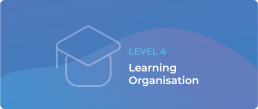
You have a proactive learning culture. You do not need to send out reminders for people to do training, they are already on the platform checking for new content.
Staff are taking the initiative to self-enrol on courses and suggest improvements for the system and content. This behaviour is rewarded internally and everyone is encouraged to be platform ambassadors. This is where you are feeling 80-90% of the value of your technology investment.

You have a collaborative learning culture.
The organisation places performance enhancement, professional growth and knowledge sharing as core components of its culture. Everyone in the company sees personal development as a continuous work in progress, that is a key part of their everyday job, rather than a chore they have been allocated. You feel supported by peers and mentors to continue learning and help others learn. You understand that the technology in place, particularly social learning features, drive this collaborative learning culture.
Watch GuyKat CEO talk about the creation of the Corporate Learning Technology Capability Maturity Model.
